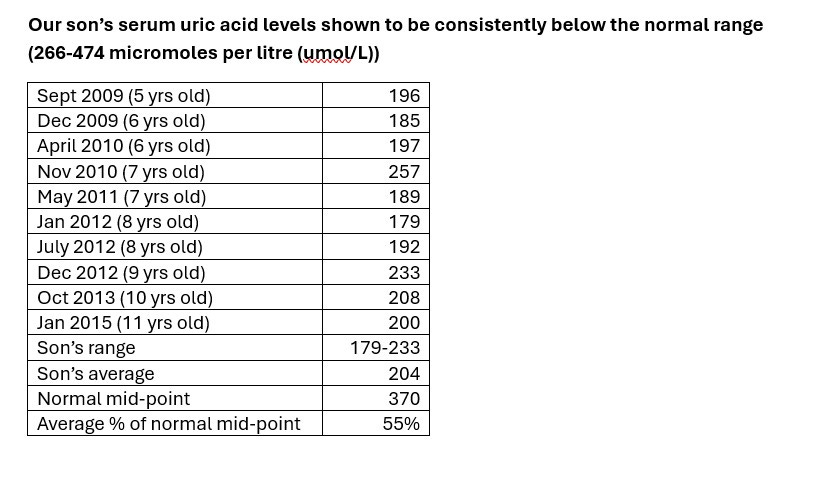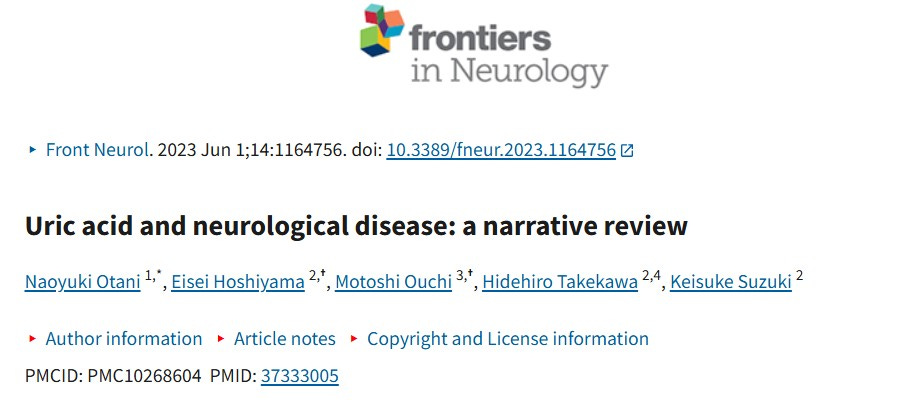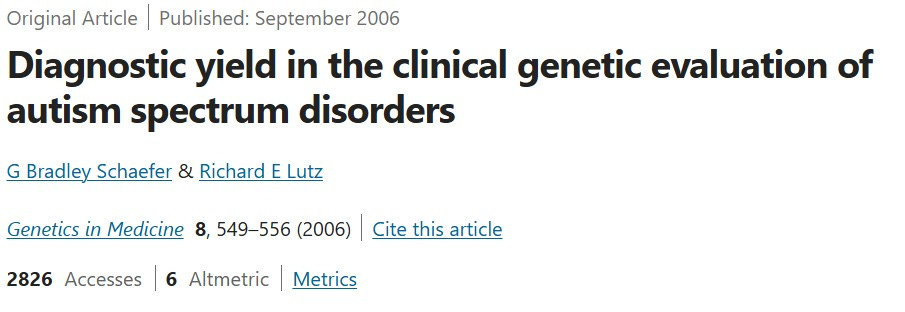Back in 2008 when our son was diagnosed with severe autism, our first question was why? We didn’t know anyone with autism and had no idea it was coming to us.
Our son has always been very affectionate with us and in the early stages, his regression looked like immune problems rather than anything neurological. I’ve written an earlier post about how we were slow to understand his decline and the significance of the odd behaviours that started to happen (being frightened of a weather-vane and a clock, walking on his toes and jumping on the spot, playing with the vacuum cleaner among many others).
Like so many, diagnosis pushed us on to the autism pathology quest. We constantly try to piece together the evidence that makes sense of what has happened and continues to happen to our son and how it connects to the growing body of research and practice.
When you see your precious child disintegrate in front of your eyes, you know there is something that caused the decline. Furthermore, it stands to reason that if you don’t know what’s caused it, there is no way of putting it right.
When you take the car to the garage, you expect a good mechanic to diagnose the fault before he can fix it.
When you have an illness, you similarly want to know why you are ill and what can be done.
In my last post I wrote about the network of parents who have shared information and organised conferences, corresponding with each other and researchers all over the world to try and find answers. There is now a wealth of academic scholarship that points to the combination of problems associated with autism – that we live everyday - but as yet, none has provided the definitive cause.
We know that our children have abnormalities in their brain chemistry (and possibly structure) that impacts their behaviour, communication, learning and sleep. Many children also develop epilepsy that reflects abnormalities in brain energy levels. The immune system is clearly affected as manifest in allergies, anaphylaxis and autoimmunity. There are often significant problems in the digestive tract and all the research points to unusual combinations of micro-organisms found in the bowel (another topic for another day).
It's as though everything is wrong for our kids. The whole system has malfunctioned and there is evidence of failure in each part of the system: inputs (digestion and nutrition), function (metabolic processing and signalling), repairs (growth and sleep) and outputs (behaviour and capacity). Our kids are still there but nothing works quite as it should.
Furthermore, it must be significant that it’s all the higher order functions that are most strongly affected. The capacity for language and communication, social organisation and learning are impacted the most. It is as though the body conserves its energy to survive thereby sacrificing the qualities of sociality that have been key to our species’ success. It is the brain that has been most strongly affected because it uses a huge amount of energy and some of its wonderful functions are less than critical to staying alive.
Like so many parents, an autism diagnosis forced us to start reading, listening and learning about the complex biology that makes us what we are – and it is truly remarkable. Once you realise how complicated the system is, you lose all faith in the idea of injecting dangerous toxins and infectious agents into a developing child. You also come to realise that once the system is damaged it’s very hard to turn things around. There is something wrong in the underlying processes that underpin the whole system – and in a previous post I explored the question of energy levels and new research that suggests autism is a kind of ‘diabetes in the brain’. We know that a problem in one place has knock-on effects or feedback everywhere else. You can do things like changes to diet or supplementation and see some major improvements, but the system doesn’t usually go back to function the way that it should (although there are exceptions and a small number of children have fully recovered from autism so it is possible to make it reverse).
In the early years we took our son to a wonderful private hospital that specialised in complicated immune-related disorders. They were equipped to take and process blood samples to look at his haematology and biochemistry. We also looked at his metabolic function and gastrointestinal tract. They provided advice on diet and supplements to help him recover. They did a brilliant job.
However, many of the test results then and since, don’t provide a clear signal about what needs to be done. Our son’s results have often been towards the top or the bottom of the range, and in relation to his microbiome, there are things missing as much as things being over-expressed. While everything is wrong, there is also nothing overwhelmingly wrong, and much of it looks almost right. Moreover, you have to know what you are looking at – and why it’s important - when interpretating the results.
In preparing for this post, I went back to look at the blood test results taken over seven years, from when our son was first diagnosed through to when the hospital had to stop running their autism service (and that’s a story for another day but a number of doctors were investigated and disciplined by the General Medical Council (GMC) for actually being doctors and supporting our kids … which tells you everything you need to know about the toxic politics of autism).
Although we didn’t pay any attention to it at the time, the blood tests showed only one biochemical element that was consistently starred as below the expected range in every single test: uric acid.
Reproduced in the table below, our son’s results show that he always had levels at about half the normal range. We haven’t had blood tests done in the decade since these results, but I suspect his uric acid level would be much the same now.
In the decade since the last blood was taken, there has been a growing body of research about the significance of uric acid levels in neurogenerative disease. It is found to be low in Parkinson’s, Alzheimer’s, Multiple Sclerosis and autism and is also indicated in Schizophrenia. Low levels are likely to reflect both ongoing oxidative stress and weaker neuroprotection than would normally be found.
Uric acid is the final product of the purine pathway. Known as the purinergic system, this comprises the production and breakdown of simple chemical compounds called purines and pyrimidines that are foundational to biological life. They comprise the building blocks of DNA and RNA (deoxyribonucleic acid and ribonucleic acid). They are critical to the biochemical signalling that underpins cell development, function and repair. They are also essential in supporting energy production and chemical processes in the mitochondria in every cell.
A research group in Hunan, China, has found that 3 purine metabolism genes (affecting enzymes that catalyse purines*) and 5 receptor genes are abnormal in children with autism when compared to controls. These enzymes are important in metabolizing the purine cycle, ensuring that the brain cells have enough of the right signals, resources and capacity to produce the biochemical products they need. The cell receptors are also critical in ensuring that the system works as it should.
It is significant that recent profiling of genes and single nucleotide polymorphisms (SNPs) have also highlighted these enzymes and their role in the metabolic dysfunction in autism. There is growing evidence of a group of children with autism who have metabolic disorders in the purine pathway that would explain the low uric acid produced by our son.
These were exactly the grounds on which the US Vaccine Injury Compensation Program made a record settlement with the family of Hannah Poling in 2008. Hannah’s father was a neurologist at John Hopkins University and her mother was a nurse and a lawyer. They saw their daughter dissemble into severe autism after she had immunizations to diphtheria, tetanus, and pertussis; Haemophilus influenzae B; measles, mumps, and rubella (MMR); polio; and varicella (Varivax) on the same day. Just as with our son, the medical staff like to ‘catch up’ on missed vaccinations by administering them on the same day. Assumed to be ‘safe and effective’ in any loading to any child, the toxic shock can be crippling, just as it was for our son (and he had the MMR and Meningitis C on one fateful day that began his decline).
Jon Poling was able to garner the support of leading experts to conduct tests and present the kind of evidence required in court. He and his team made the case that the vaccinations triggered the autistic regression due to underlying ‘mitochondrial disease’, evidenced by dysfunction in the purinergic signalling system. At that time, the court argued that these kinds of mitochondrial and related metabolic problems were ‘very rare’ (and low uric acid is thought to affect about 0.5% of the population). However, no one knows if the vaccines caused Hannah’s autism due to an underlying condition or because they triggered the metabolic problems that act like a mitochondrial disease, causing life-changing problems in the purinergic system and her neurological development.
The latter makes most sense to me. It also helps to explain why the research team in China have found low uric acid in children with autism when compared to controls. Indeed, their data is so robust that they advocate using low uric acid as a biomarker for autism and as a way to identify the children and adults who would benefit from treatment in the purinergic signalling system.
What’s more, our story about low uric acid helps to explain why interventions in the purinergic signalling system have been beneficial in reducing the symptoms of autism in some parental reports. I need to dig into in the detail for a future post, but supporting brain energy levels and mitochondrial function through supplements like Co-Enzyme Q10 and L-Carnitine are known to have helped.
There is also exciting new research led by Professor Robert Naviaux at the University of California to explore the interaction between the purinergic system and the neuronal mitochondria in the pathogenesis of autism. He argues that the body has a clever system for saving energy, resources and function at times of stress such as illness or environmental assault, using the purine signalling system to change the operation of the mitochondria. The purines trigger a shift towards an inflammatory response in the mitochondria (that he calls M1) away from the more normal anti-inflammatory state (M2). Chronic disease may be a sign that the body is stuck in this state with M1 never moving back to M2 and in autism, the neurological system gets stuck on its development path.
Naviaux has been experimenting to find drugs that can block this purinergic signalling to turn off what he calls the cell-danger response (CDR). He has used the drug suramin for a small trial with very positive, albeit time dependent, results. In his words, suramin is akin to “molecular armistice therapy” sending a message to the body that the war is over and it’s time to relax (2018, 8). He found that children’s autism symptoms were improved when purinergic receptors (P2X7) were blocked and the mitochondria were able to go back to the functions they were designed to provide. I suspect that the levels of serum uric acid also went up.
Although it is early days, this research gives us great hope that severe autism – and all the other chronic neurodegenerative conditions that afflict so many people – can be successfully treated. Understanding what has gone wrong is key to fixing the problems, however fundamental and challenging those problems might be.
In our case, uric acid looks like one of the important needles that can help us stitch together a better understanding of the autism haystack.
I am beyond happy that Kennedy and his team in America are putting energy and resources into the autism pathology quest. They face serious hostilities along the way and we need an ‘autism armistice’ to match the ‘molecular armistice’ called for in the latest research. Our children and our children’s children depend on it.
Thanks for reading, please comment and share.
*For reference, these enzymes are: adenosine deaminase (ADA) which is upregulated; adenylosuccinate lyase (ADSL) which is downregulated; and 5-aminoimidazole-4-carboxamide ribonucleotide transformylase/inosine monophosphate cyclohydrolase (ATIC) which is upregulated. They may be targets for future research.












Jane, Thank you for taking the time to write up this informative summary. Your experience mirrors that of many people.
Thanks especially for highlighting the work of Bob Naviaux (professor at UCSD). He is one of the great pioneers in the science of the biological mechanisms that underly autism. He's ben writing and talking about Cell Danger Response (CDR), purinergic signaling and treatment with Suramin for many years.
Bob Naviaux is the person who first suggested to me that we should make autism be like PKU (phenylketonuria). PKU causes serious intellectual disability and it's caused by the combination of an identified genetic mutation and phenylalanine in the diet. We prevent the symptoms of PKU by avoiding phenylalanine in the diet. This is a great example of a disease that appears to be both 100% genetic and 100% environmental. The causes add up to 200%, not 100%! That's a basic flaw in much science writing.
Similar logic applies to ALD (Adrenoleukodystrophy).
The solutions to both PKU and ALD were identified by parents!
Autism does not have an identified causal gene except in rare cases, so a genetic test is never going to be simple. And, we don't yet know what environmental exposures — not necessarily toxic — need to be avoided to avoid the worst symptoms.
It would help if we converted autism into a set of diseases. They would become conditions where we know the biological mechanisms that cause the symptoms. It does not mean "problem." Some autisms are already a huge problem and others are hardly a problem at all. We should focus on the big problems, figuring out the biological mechanisms. That work is not a priority by government agencies or big charities. They never give clear reasons. Apparently one reason is denial that autism is even a problem that merits finding solutions.
nice research, Jane. I'll have to dig into this in more detail when I have more time. I will definitely share this article in my treatment group and pass along any comments. I know that uric acid metabolism is something my mentor has looked at in the past, especially in relation to biomarkers in a typical OAT urine lab. (organic acids test). she is actually quite the expert in interpreting them.
it is beyond sickening that medical doctors that DARE to help our kids, somehow 'get in trouble'. same crap happening for the past 20 yrs over here. we have been forced to form our own networks with independent medical practitioners. our integrative internist has been 'investigated' a few times, even had to testify in divorce court when the divorcing father questioned the expensive of a child's treatment. I'll never forget her being asked by opposing lawyer (in my mentor's divorce!), why all her patients have labs that come back positive for heavy metal toxicity. her brilliant answer: no different than all the patient's at the oncologists' having cancer. Bam.
the general pubic has been so brainwashed into the belief that our bodies systems' somehow function in isolation of each other. ideas like gut health effecting brain function are slowly making their way to the collective info set but still... the doctors successfully treating the many ailments of autism continue to be 'fringe' or 'quacks', regardless of the staggering amount of published medical literature backing up their approaches. is this starting to change? I hope so but I will not hold my breath. we will power on regardless.